I'd like to create a sine wave with an increasing frequency, my approach was is as follows:

And this is the result:

Now, the frequency is increasing, but it increases too much. After 1 sec, though, it has the final and right frequency. Hope you can help, I've got no idea why there the frequency increases too much!!
Thanks very much!


